Yellow & brown leaves on philodendron?
mike_spok
16 years ago
Related Stories

GARDENING GUIDESWhat's Wrong With My Plant? Leaves Often Hold the Clues
Learn how to identify common plant ailments by reading their leaves
Full Story
REMODELING GUIDESInterior Brick: Paint it or Leave It?
Here's how to know if covering that brick is a sin or solution
Full Story
FALL GARDENING5 Ways to Put Fall Leaves to Work in Your Garden
Improve your soil and yard the organic way with a valuable garden booster that grows on trees
Full Story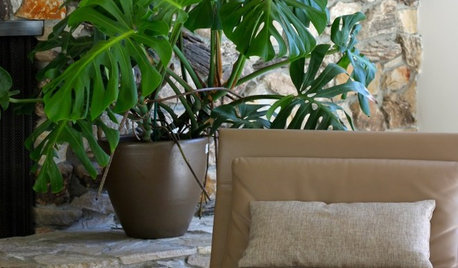
DECORATING GUIDESConjure a Jungle in a Pot
Sprawling, climbing and with primitive-looking leaves, philodendrons bring untamed beauty to even the most civilized homes
Full Story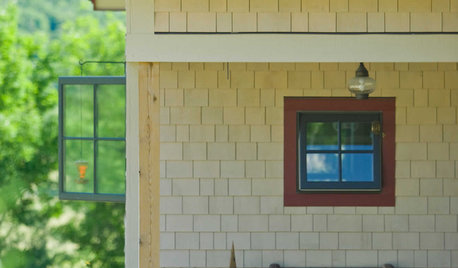
EXTERIOR COLORWhen to Paint Your Home Yellow
Be a cheer leader with this color that captures the sun and radiates a warm welcome
Full Story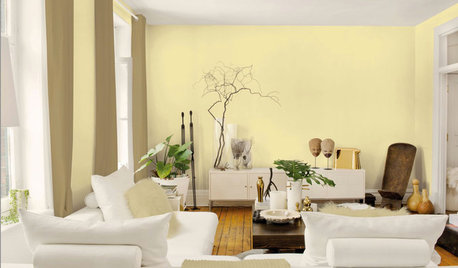
COLORBest Ways to Use the Soft Yellow Color of 2014
You may fall for PPG Pittsburgh Paints’ Turning Oakleaf if you like your hues warm, mellow and cheery
Full Story
GARDENING GUIDESHow to Fix Bare and Yellow Lawn Spots
Restore your turf’s good looks by reseeding unsightly patches
Full Story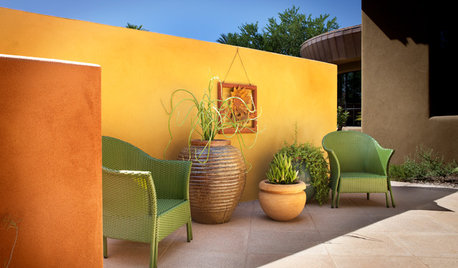
COLORGarden Color: Lighten and Brighten With Yellow
From mellow to far out, yellow plants and accent features can bring a taste of the sun close to home
Full Story
DECORATING GUIDESPaint Color Ideas: 8 Uplifting Ways With Yellow and Green
Dial up the cheer with yellow and green paint combinations sure to cast off winter doldrums
Full Story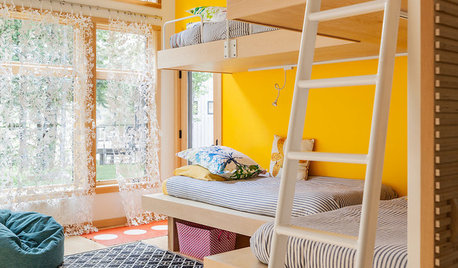
COLORDreaming in Color: 8 Eye-Opening Yellow Bedrooms
Start your day energized and cheerful with bedroom hues that sing of sunshine or golden fields
Full StoryMore Discussions










lucy
mr_subjunctive
Related Professionals
Franconia Landscape Architects & Landscape Designers · Jennings Landscape Architects & Landscape Designers · River Forest Landscape Architects & Landscape Designers · Maple Heights Landscape Architects & Landscape Designers · Braintree Landscape Contractors · Bristol Landscape Contractors · East Haven Landscape Contractors · Farmington Landscape Contractors · Goodlettsville Landscape Contractors · Holtsville Landscape Contractors · Lemont Landscape Contractors · Mendota Heights Landscape Contractors · Milton Landscape Contractors · Garden City Interior Designers & Decorators · Little Egg Harbor Twp Interior Designers & Decoratorsjerrycan
mike_spokOriginal Author